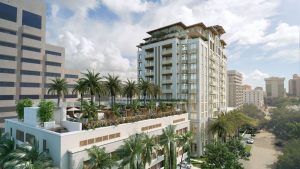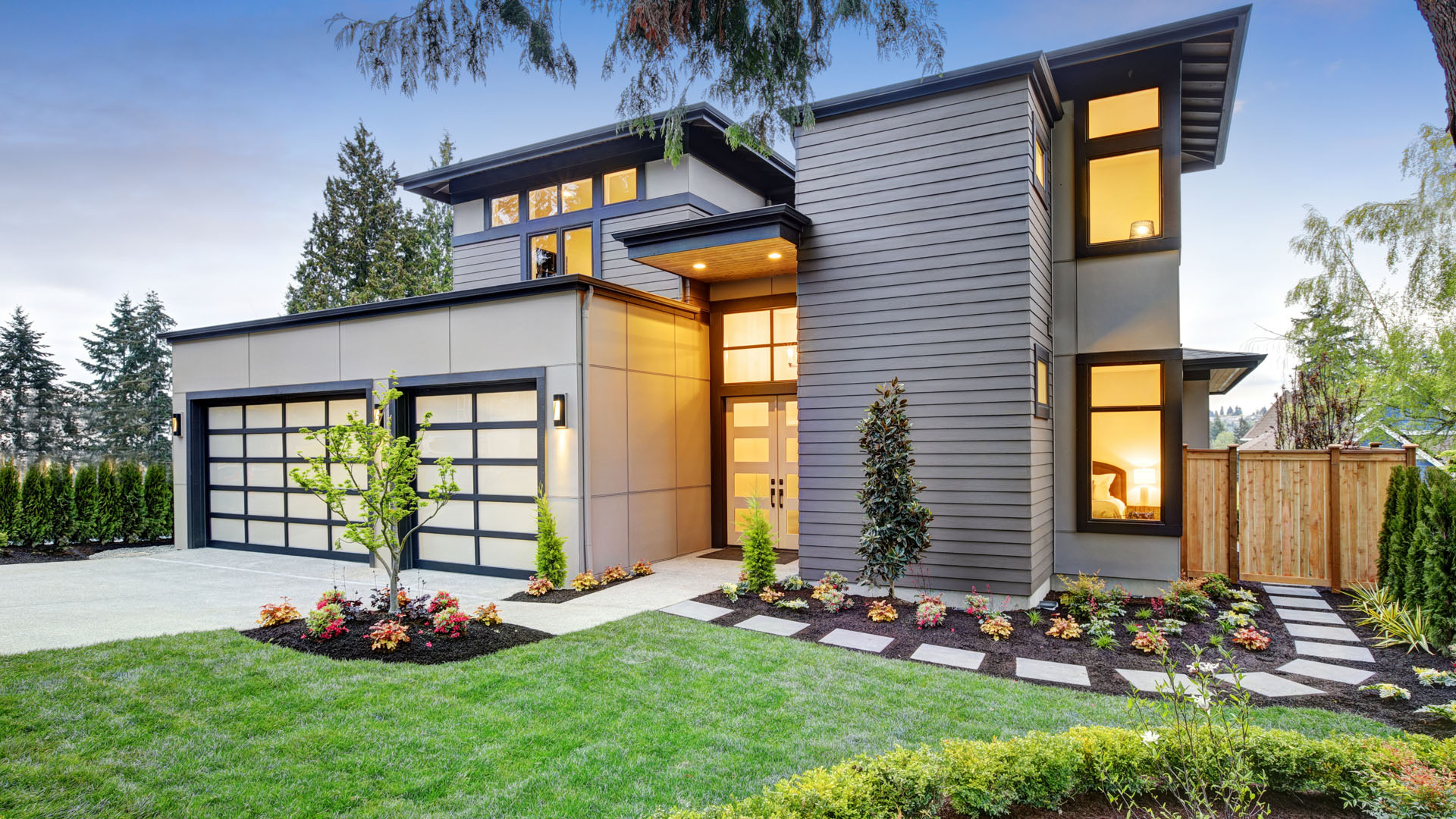Introduction: Real Estate’s Evolution Towards Wellness
In an era where health and well-being are cherished more than ever, the real estate industry is undergoing a remarkable transformation. Enter the world of health-conscious living spaces, where the design and construction of homes and buildings prioritize the physical, mental, and emotional well-being of their occupants. This evolution is not just about aesthetics but a profound shift towards creating environments that nurture a healthier and happier lifestyle. In this exploration, we’ll delve into the real estate industry’s health-conscious evolution and the positive impact it has on occupant well-being.
The Ascent of Wellness-Oriented Real Estate
Defining Wellness-Oriented Real Estate
Wellness-oriented real estate, often referred to as “healthy homes” or “wellness real estate,” places health and well-being at the forefront of its design philosophy. These spaces are meticulously crafted to optimize physical health, mental clarity, and emotional balance.
Key Elements of Wellness-Oriented Design
- Clean Air: Advanced ventilation systems and air purification technologies ensure a constant supply of fresh, clean air, reducing indoor pollutants.
- Natural Light: Abundant natural light and circadian lighting systems support healthy sleep patterns and mood regulation.
- Fitness Amenities: On-site fitness centers and outdoor activity spaces encourage an active lifestyle.
- Biophilic Design: Integration of natural elements, such as green walls and indoor plants, enhances mental well-being.
- Stress Reduction: Soundproofing, calming color palettes, and acoustic design create tranquil environments.
- Sustainable Materials: The use of eco-friendly building materials benefits both personal and planetary health.
The Positive Impact on Occupant Well-Being
Enhanced Physical Health
Wellness-oriented homes often incorporate features like advanced water filtration, non-toxic materials, and ergonomic designs, leading to improved physical health, fewer allergies, and increased vitality.
Mental and Emotional Well-Being
Abundant natural light, soothing colors, and serene outdoor spaces have a profound impact on mental health, reducing stress, anxiety, and depression.
Community Connection
Many wellness-centric developments foster a sense of community, promoting social interactions and emotional support among residents.

Industry-Wide Transformation
Increasing Market Demand
Rising consumer awareness of the connection between health and the built environment is driving the demand for wellness-centric properties. Developers are integrating these features into new projects, and existing properties are being retrofitted to meet these standards.
Certifications and Standards
Wellness certifications, such as WELL and Fitwel, are emerging as industry benchmarks. These certifications assess and recognize properties for their positive impact on occupant health.
Investment Opportunities
Investors are increasingly recognizing the potential of wellness-oriented real estate for long-term value and attracting health-conscious tenants.
Conclusion: A Healthier and Happier Future
The evolution towards wellness-oriented real estate is not merely a trend; it’s a transformative shift that is enhancing the well-being and happiness of occupants. From cleaner air to stress-reducing amenities, these homes and buildings are reshaping our living, working, and recreational spaces. As the real estate industry embraces this health-conscious evolution, we are stepping into a future where our built environments truly promote a healthier and happier way of life.



